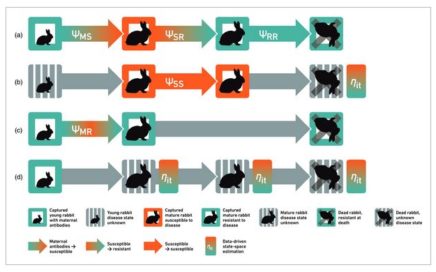Public engagement essential for invasive animal control
A mix of recent stories from New Zealand highlight the importance of controlling invasive species for the benefit of native plants and animals – and the importance of public engagement as part of the solution. An article in the NZ Herald begins by asking if there is any solution to the devastating problem of rabbits. […]

